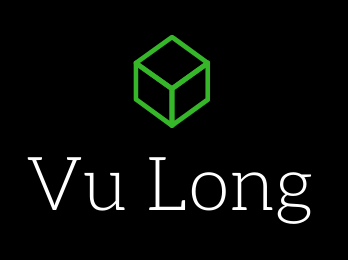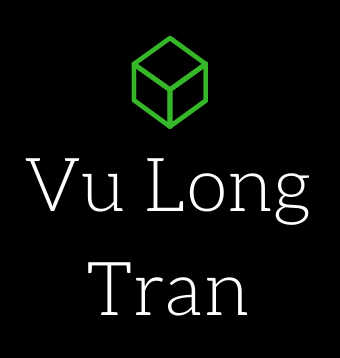To sum the book's overall message: Creative geniuses are geniuses because they know “how” to think instead of “what” to think.
So the book runs you through various exercises and activities that can help you become more creative.
Here's a short extract from the book which I would like to share with you. I manually typed this in it's original form to give you a good overview without losing it's context and so no thoughts are misinterpreted (So please excuse any typos).
Part I: Seeing What No One Else Is Seeing
1. Knowing How To See:
Genius often comes from finding a new perspective that no one else has taken. Leonardo da Vinci believed that to gain knowledge about the form of problems, you begin by learning how to restructure it in many different ways. He felt the first way he looked at a problem was too biased toward his usual way of seeing things. He would restructure his problem by looking at it from one perspective and move to another perspective and still another. With each move, his understanding would deepen, and he would begin to understand the essence of the problem.
2. Making Your Thought Visible:
The language of drawings, graphs, maps, and diagrams are particularly useful in describing information. Once geniuses obtain a certain minimal verbal facility, they seem to develop a skill in visual and spatial abilities that gives them flexibility to display information in a variety of ways. Einstein believed that words and numbers, as they are written or spoken, did not play a significant role in his thinking process.
Part II: Thinking What No One Else Is Thinking:
1. Thinking Fluently:
A distinguishing characteristic of genius is immense productivity. Thomas Edison held 1,093 (the record) and guaranteed productivity by giving himself and his assistants idea quotas. His personal quota was one minor invention every ten days and a major invention every six months. Scientists throughout history produce great works but also bad ones. Out of Edison’s (and other geniuses) massive quantity of work was quality. Geniuses produce.
2. Making Novel Combinations: Cogito-“I think”
3. Connecting the Unconnected:
The ability to make juxtapositions that elude mere mortals is one particular style of thought that stands out for creative geniuses. It is like a facility to connect the unconnected by forcing relationships that enable them to see things to which others are blind.
4. Looking at the Other Side:
Geniuses were able to think different thoughts because they could tolerate ambivalence (simultaneous existence of conflicting emotions) between opposite and incompatible subjects. If you held opposites together, then you suspend your thought and your mind moves to a new level. The suspension of thought allows intelligence beyond thought to act and create a new form. The swirling of opposites creates the conditions for a new point of view to bubble freely from your mind.
5. Looking in Other Worlds:
Any individual who had the capacity to perceive resemblances between two separate areas of existence was a person of special gifts. If unlike things are really alike in some ways, perhaps they are so in others.
6. Finding What You Are Not Looking For:
7. Awakening the Collaborative Spirit:
The notion that the collective intelligence is largest than the intelligence of an individual can be traced back to primitive times when hunter-gather bands would meet to discuss and solve common problems. It is a commonly understood and accepted practice. What’s difficult is for a group to come together in a collegial atmosphere that will allow thinking to grow through open and honest collaboration.
Summary:
The book is called, "Cracking Creativity: The Secrets of Creative Genius![]() ", by Michael Michalko (Apr 13, 2011).
", by Michael Michalko (Apr 13, 2011).



